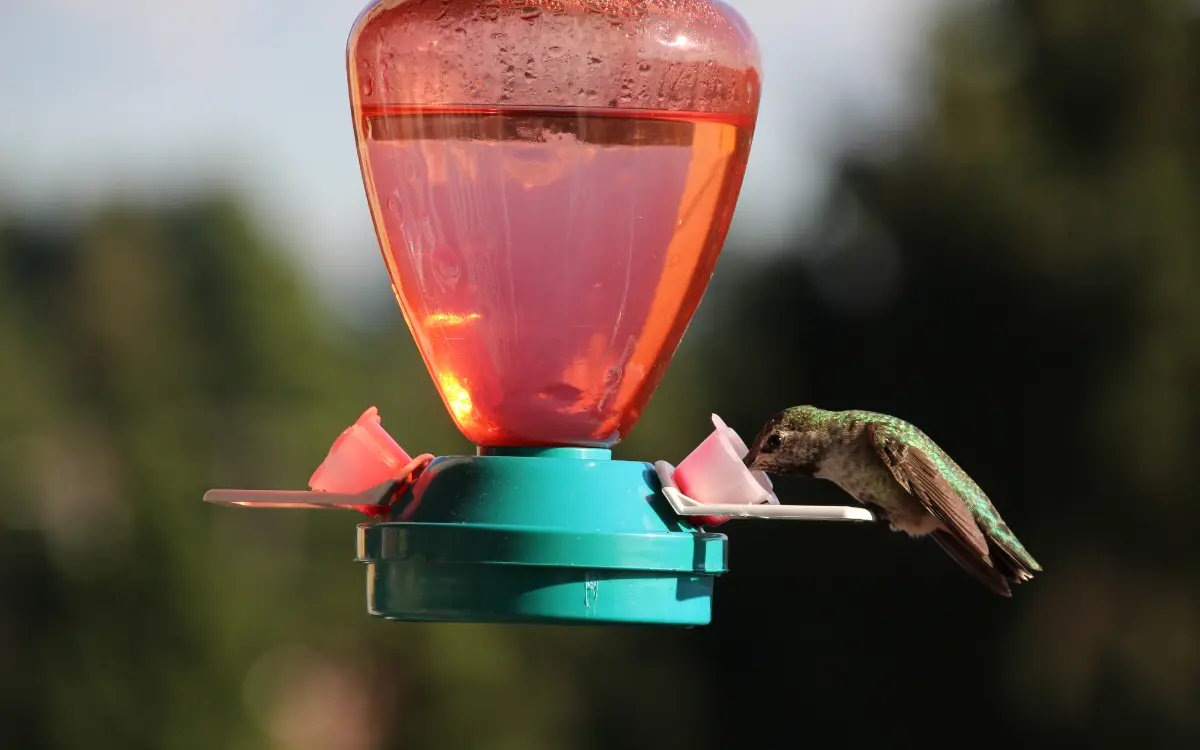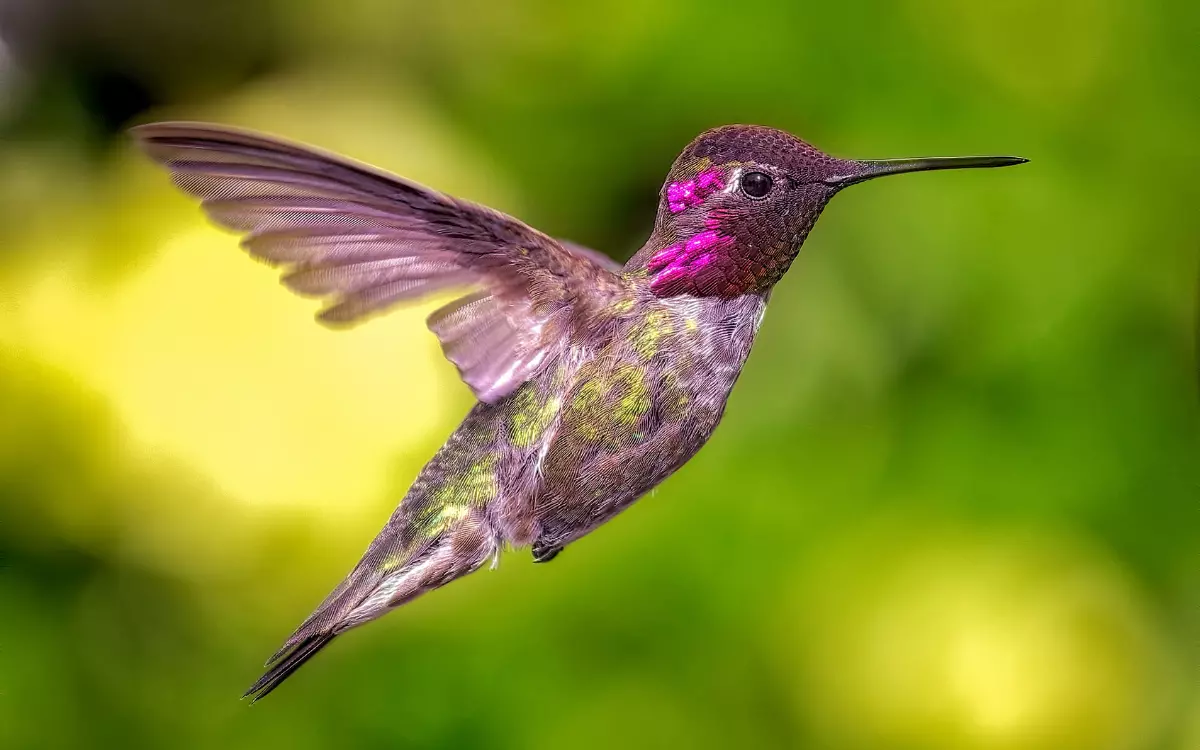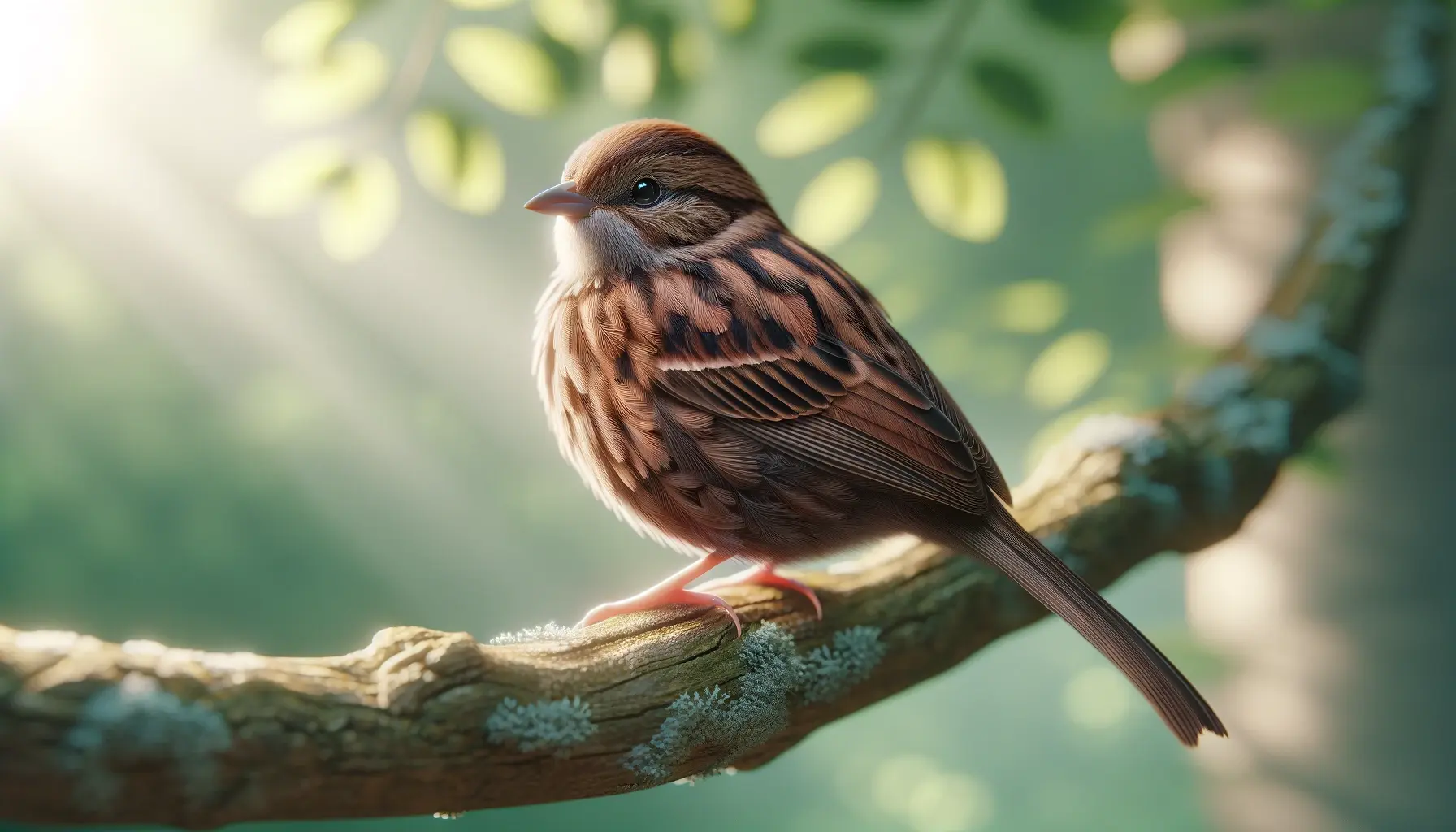Blue Jay vs Bluebird: Key Differences
Blue Jays and Bluebirds are both well-loved for their striking blue feathers, yet they are very different birds once you look closer. Birdwatchers often confuse the two at a glance, but their size, behavior, and even the shade of blue make them easy to tell apart.
This guide breaks down their appearance, habits, calls, and more so you’ll always know whether that flash of blue in your backyard is a bold Blue Jay or a gentle Bluebird.
Physical Characteristics

Size and Shape
The Blue Jay is noticeably larger and bulkier, measuring 9 to 12 inches long with a wingspan of 13 to 17 inches. Its strong build and large crest give it a commanding look.
The Bluebird, on the other hand, is much smaller, usually 6 to 8 inches long. With a rounder body and no crest, it has a softer and more delicate appearance.For more lookalikes that are often mistaken for Blue Jays, visit our guide on Birds Similar to Blue Jays.
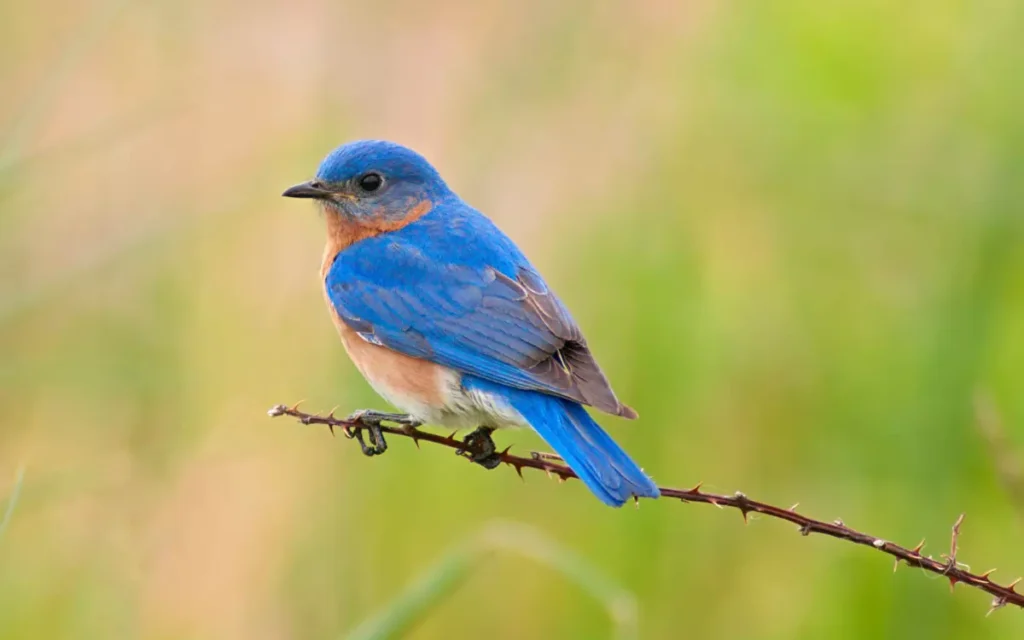
Plumage
Both birds are blue, but in very different ways. Blue Jays show a mix of blue, black, and white, with bold patterns across their wings and tail. Their underparts are pale gray or white, contrasting sharply with the upper body.
Bluebirds carry a brighter, more even shade of blue. Males especially have rich blue backs with a rusty-orange chest and pale belly, giving them a softer, two-toned look. If you enjoy colorful birds, you might also like our guide to Blue Birds with Orange Chests.
Habitat and Range
Blue Jays
Blue Jays are birds of the forest, favoring woodlands, especially oaks. They adapt well to suburbs and parks, often appearing in backyards with trees. Their range covers most of the eastern and central United States and extends into southern Canada.You’ll often see them in mixed flocks with other common Backyard Birds in Florida and beyond.
Bluebirds
Bluebirds prefer open areas—meadows, pastures, orchards, and field edges. They often perch on fences or wires, scanning for insects. They’re also frequent users of birdhouses, making them a favorite among people who maintain trails of nest boxes.
Their range stretches widely from Canada down into Central America. Western species such as the Mountain Bluebird can even live high in the Rockies during summer. Bluebirds also get compared with robins, which you can explore in our guide on Birds Similar to a Robin.
Behavioral Differences
Blue Jays
Blue Jays are bold and protective. They’re quick to chase off intruders, whether other birds or even larger animals. At feeders, they may dominate food sources and can be loud, but they are also highly social within their family groups.If you’d like to see them more often, here’s our guide on How to Attract Blue Jays.
Bluebirds
Bluebirds are much gentler. They’re quiet, calm, and less likely to draw attention. They defend their nests during breeding season but are rarely as aggressive as Blue Jays. Many gardeners welcome them because they eat insects and generally live peacefully alongside other species. In fact, Bluebirds are regular visitors among Winter Birds of Arkansas.
Vocalizations
Blue Jays Call:-
Blue Jays are famous for their noisy calls, especially the sharp “jay-jay” that gave them their name. They can also mimic hawks, which may scare other birds away. Their calls are often described as harsh or alarm-like.
Bluebirds Call:-
Bluebirds, in contrast, sing soft, warbling notes. Their songs are gentle, sweet, and perfectly match their mild nature.Since Blue Jays are also mimics, they’re sometimes confused with other talkative birds—see how they compare in Blue Jay vs Mockingbird.
Feeding Habits
Feeding Habits
Blue Jays have strong beaks built for cracking nuts and acorns. They love peanuts, sunflower seeds, and corn, but also eat insects and sometimes raid other nests. They’re known for caching food, hiding it to eat later.
Bluebirds rely more on insects and soft fruits. They’ll snap up beetles, grasshoppers, and caterpillars in open fields, but also enjoy berries when insects are scarce. Their diet makes them helpful around farms and gardens.
For related species that share feeder habits, check our article on Birds That Drink Nectar from Hummingbird Feeders.
Nesting and Reproduction
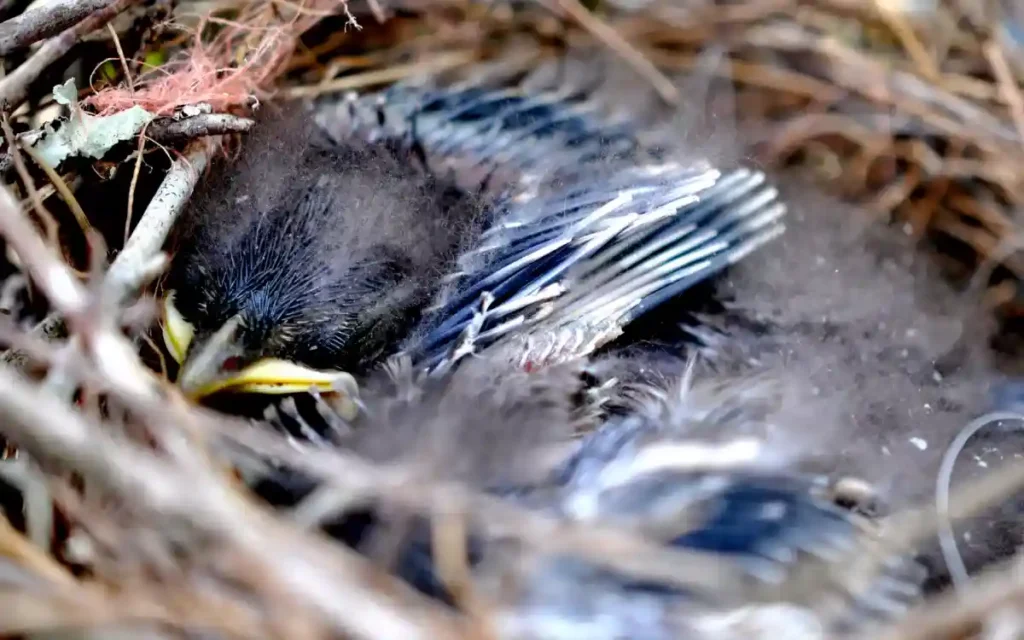
Blue Jays build bulky nests high in trees, weaving sticks, bark, and mud into sturdy cups. Both parents help, though the female does more of the actual construction. They usually raise one brood of four to five eggs each season.
Bluebirds are cavity nesters, choosing natural tree holes or birdhouses. They readily use nest boxes provided by people, which has been key in their conservation success. If you’d like to encourage them, see our guides on Attract Nesting Birds and Birds to Your Birdhouse.
Conservation
Blue Jays remain widespread, with populations estimated in the millions, though surveys show a slow decline since the 1960s. Habitat changes and pesticides may play a role.
Bluebirds once struggled badly due to habitat loss and competition from starlings and House Sparrows. Thanks to widespread use of nest boxes, their numbers have rebounded in many regions. To learn more about nesting strategies of different species, see our guide on Ground-Nesting Birds.
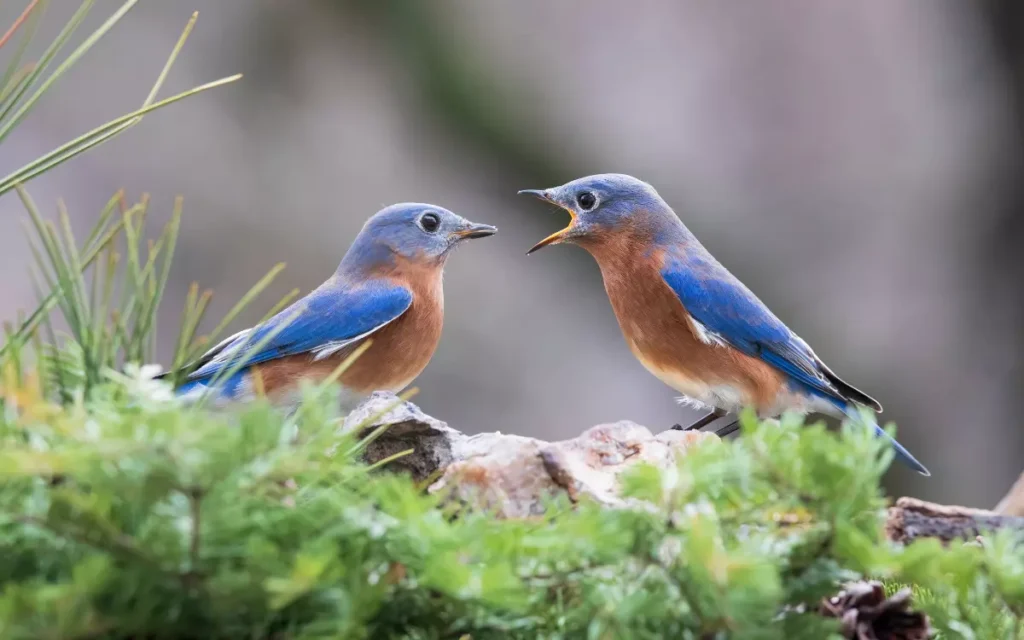
FAQs
Are Blue Jays and Bluebirds the same?
No. Blue Jays are larger members of the crow family, while Bluebirds are small thrushes. You can explore more species in our guide to Types of Jays.
Why are Blue Jays called “jays”?
Their name comes from their loud “jay-jay” calls, which make them easy to recognize.
Do Blue Jays and Bluebirds get along?
Not always. Jays may drive Bluebirds from feeders or nest areas, especially when food is scarce. For tips on dealing with aggressive feeder visitors, check our article on Keep Mockingbirds Away from Feeders.
Which bird is friendlier to humans?
Blue Jays can become tame around people who feed them, but they are still bold and sometimes aggressive. Bluebirds are shyer but are generally gentler in behavior.
How long do Blue Jays live?
Most live around 7 years in the wild, though some reach 17 or more. For more on bird lifespans, see our guide on the Longest Living Birds.
Conclusion
While both Blue Jays and Bluebirds share a splash of blue, they differ in nearly every other way. Jays are bigger, louder, and more assertive, while Bluebirds are smaller, quieter, and more peaceful. Learning their differences helps you identify them quickly and enjoy each species for what it brings to your backyard or birding walks.
If you enjoyed this comparison, you may also like:

